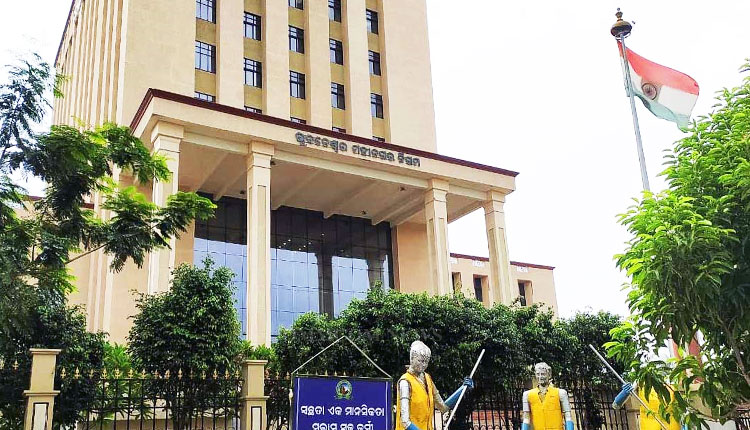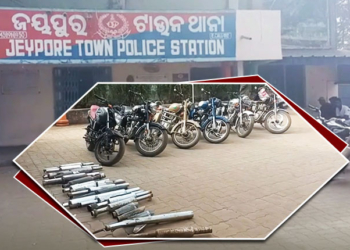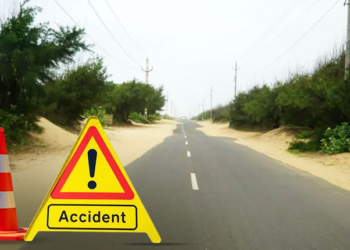Bhubaneswar: The Bhubaneswar Municipal Corporation (BMC), in partnership with the International Forum for Environment, Sustainability and Technology (iFOREST), on Tuesday launched the Integrated Heat and Cooling Action Plan (IHCAP) report for the city, a first-of-its-kind initiative to address the mounting challenge of heat stress, the Urban Heat Island effect and the rapidly rising demand for cooling.
Developed by iFOREST in collaboration with the Singapore-ETH Centre (SEC), the plan sets out measures to make Bhubaneswar more climate-smart, energy-efficient and resilient in the face of worsening summer conditions.
Unveiling the report, BMC Mayor Sulochana Das said the city has always embraced forward-looking urban solutions and that the IHCAP reflects its vision of protecting vulnerable citizens, ensuring every household and workplace is prepared for a warming world, and promoting sustainable growth.
iFOREST CEO Chandra Bhushan observed that heat stress has become one of the gravest challenges for India’s cities and stressed that Bhubaneswar is showing the way forward by demonstrating how urban areas can break the cycle of rising temperatures, soaring cooling demand and increasing energy emissions. He added that the action plan could serve as a blueprint for other cities by bridging the gap between mitigation and adaptation and aligning local efforts with state and national climate strategies.
The findings of the report underscore the urgency of the issue. Heat stress in Bhubaneswar now extends until October, and if the IMD’s experimental “Feels Like” temperature threshold were applied, more than 230 days in 2024 would have qualified for orange or yellow alert warnings. Between 2018 and 2024, built-up areas in the capital grew by 23 per cent while vegetation declined by 10 per cent and water bodies shrank by an alarming 75 per cent.
The temperature difference between the city and surrounding rural areas has widened to between two and five degrees Celsius. At the same time, the household ownership of air conditioners surged from six per cent to 15 per cent between 2021 and 2023, representing a 73 per cent annual growth rate. Air conditioners now account for one-third of the city’s electricity consumption and nearly two-thirds during summer.
To address these challenges, the report has recommended expansion of urban greening in all wards to meet the World Health Organisation’s benchmark of nine square metres per person, restoration of water bodies, adoption of green road and traffic decongestion measures, and strict implementation of the Odisha Energy Conservation Building Codes for all commercial and institutional buildings over 500 square metres.
The IHCAP claims that if these measures are implemented effectively, surface temperatures in the city could be reduced by between 0.5 and 9.4 degrees Celsius, while energy consumption for cooling could fall by as much as 44 to 67 per cent.

















